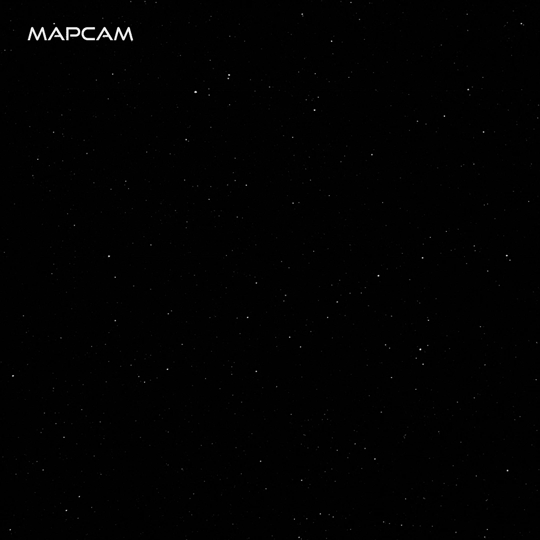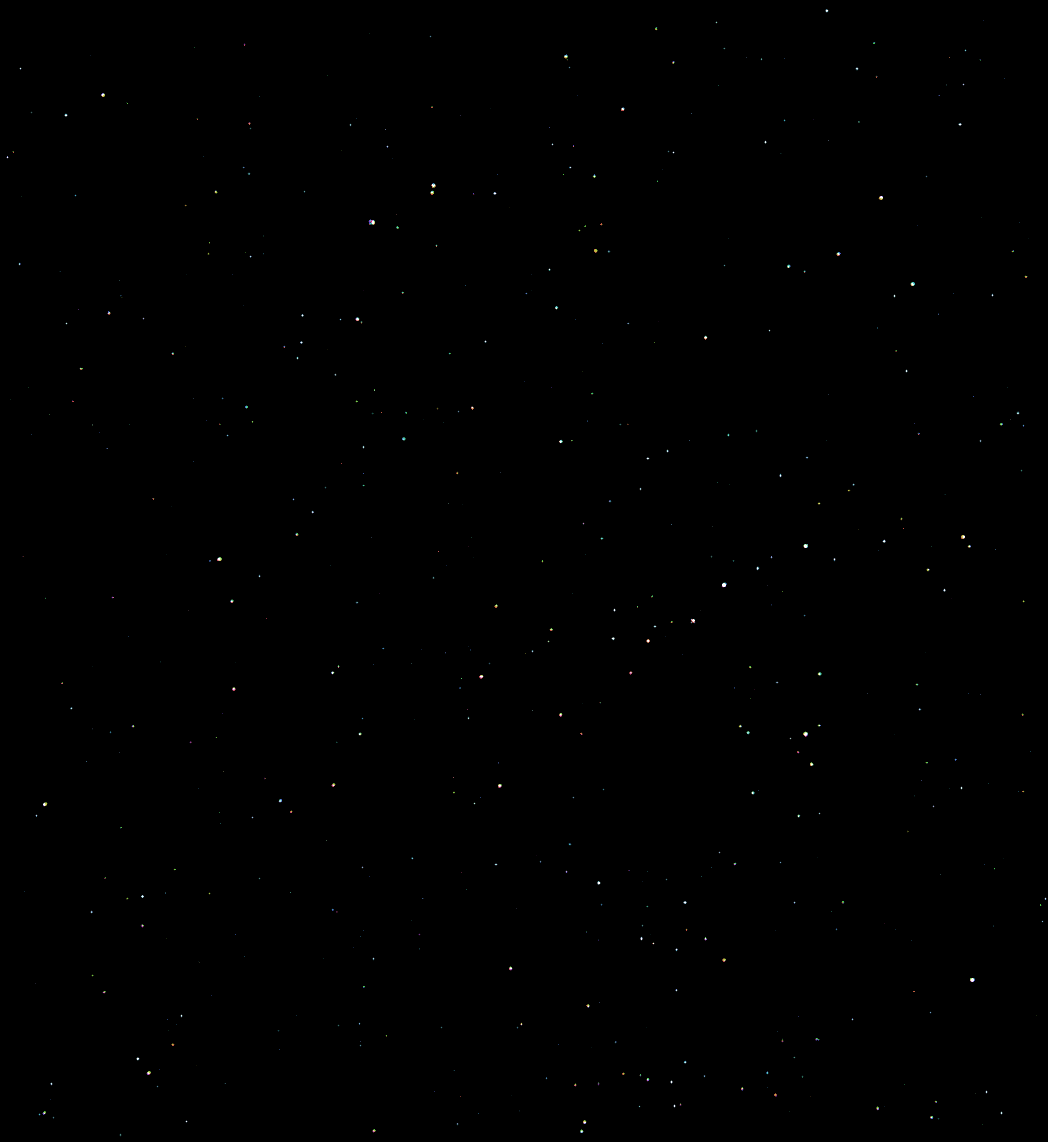

Its science instruments have been powered on, and NASA’s OSIRIS-REx spacecraft continues on its journey to an asteroid. The spacecraft has passed its initial instrument check with flying colors as it speeds toward a 2018 rendezvous with the asteroid Bennu.
Last week NASA’s spacecraft designed to collect a sample of an asteroid ran the first check of its onboard instruments. Starting on Sept. 19, engineers controlling the Origins, Spectral Interpretation, Resource Identification, Security-Regolith Explorer (OSIRIS-REx) spacecraft powered on and operated the mission’s five science instruments and one of its navigational instruments. The data received from the checkout indicate that the spacecraft and its instruments are all healthy.
Instrument testing commenced with the OSIRIS-REx Camera Suite (OCAMS), provided by the University of Arizona. On Monday, OCAMS executed its power-on and test sequence with no issues. The cameras recorded a star field in Taurus north of the constellation Orion along with Orion’s bright red star Betelgeuse. The three OCAMS cameras performed flawlessly during the test.
On Monday and Wednesday, the OSIRIS-REx Laser Altimeter (OLA), contributed by the Canadian Space Agency, conducted its test sequences, which included a firing of its laser. All telemetry received from the OLA instrument was as expected.
On Tuesday, both the OSIRIS-REx Visible and Infrared Spectrometer (OVIRS), provided by NASA’s Goddard Space Flight Center, and the OSIRIS-REx Thermal Emissions Spectrometer (OTES), provided by Arizona State University, were separately powered on for tests. Data from both during the checkout showed that the instruments were healthy. The science measurements acquired from OTES exceeded the instrument’s performance requirements.
On Wednesday, the student experiment from MIT, the Regolith X-ray Imaging Spectrometer (REXIS), executed its functional test with no problems. And on Thursday, the Touch and Go Camera System (TAGCAMS) navigational camera was powered on and tested, and it operated as expected. As part of its checkout, TAGCAMS took an image of the spacecraft’s Sample Return Capsule.
The downlink of the test data continued through Sunday via the spacecraft’s low gain antenna (LGA), which transmitted at 40 kbps to NASA’s Deep Space Network.
Goddard Space Flight Center provides overall mission management, systems engineering and the safety and mission assurance for OSIRIS-REx. Dante Lauretta of the University of Arizona, Tucson, is the principal investigator. Lockheed Martin Space Systems in Denver built the spacecraft and is providing spacecraft flight operations. OSIRIS-REx is the third mission in NASA’s New Frontiers Program. NASA’s Marshall Space Flight Center in Huntsville, Alabama, manages the agency’s New Frontiers Program for its Science Mission Directorate in Washington.


























